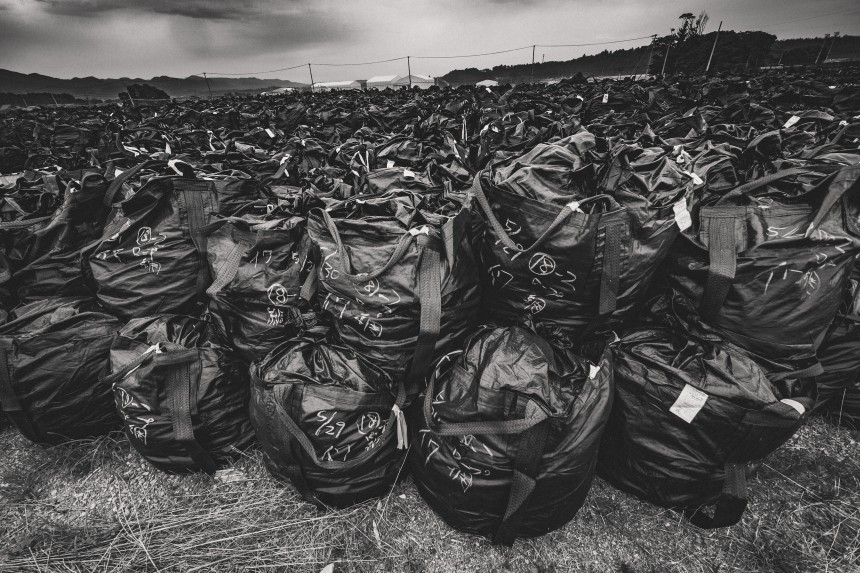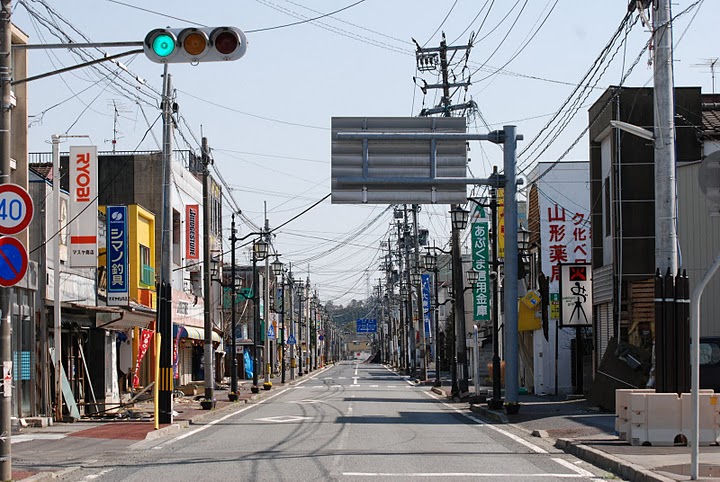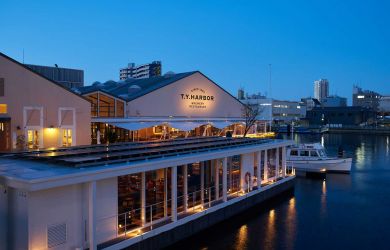
The horrors of the Great East Japan Earthquake in 2011 have left us with many stories of lives lost and lives rebuilt, of loved ones swept away and communities reunited. These stories of the disaster victims have become important lessons for how Japan should prepare for catastrophes and how we understand the value of life. But amongst the stories of victims from Fukushima and the coasts of Tohoku, voices of certain victims have become ignored, their stories misunderstood and their calls for justice unanswered. One such voice is that of the kuiki-gai (out-of-zone) evacuees fleeing from the dangers of nuclear radiation.
After explosions at Fukushima Daiichi Nuclear Power Plant dispersed radioactive material into the air, tens of thousands of residents from the surrounding areas have had to leave their hometowns to seek refuge all over the country. A significant portion of the exodus originated from kuiki-gai regions such as Fukushima City and Koriyama, which were not given mandatory evacuation orders but still observed significant spikes in radiation levels.

One such kuiki-gai evacuee is Yuya Kamoshita from Iwaki, roughly 50 kilometers south of the power plant. He currently lives in Tokyo with his wife and children, and leads the Hinan Seikatsu wo Mamoru Kai (Association to Protect Evacuee Living), a Tokyo-based non-profit organization which advocates for assistance to evacuees from Fukushima. According to Kamoshita, many kuiki-gai evacuees face hardships which those from within the evacuation zone don’t, despite having fled their homes for the same reason.
An example of this is the decision by Fukushima Prefecture, in 2015, to stop subsidizing the housing costs for kuiki-gai evacuees. As with people whose homes were destroyed by the earthquake or tsunami, many residents found that the threat of radioactive pollution rendered their homes uninhabitable, forcing them to find refuge in temporary housing. But unlike in cases of earthquake and tsunami damages, the wide spread of radioactivity meant building makeshift living quarters near the affected communities was not an option. This prompted the Fukushima prefectural government to rent housing units from all over the country and lease them to evacuees free of charge, instead of building homes within the prefecture.
Prior to this ordinance, those fleeing from both inside and outside the mandatory evacuation zones were both offered free housing by Fukushima Prefecture. However, the prefectural governor chose to terminate this support for kuiki-gai residents after 2017, abandoning the several dozen households in Hinan Seikatsu wo Mamoru Kai who had yet to find housing on their own.
Another misunderstanding, Kamoshita claims, is the idea that only areas within mandatory evacuation zones are polluted with high levels of radiation. This fuels the rhetoric that kuiki-gai evacuees don’t really need to flee their homes, but do so out of choice.
“If your house becomes uninhabitable and it’s the country’s or TEPCO’s fault, it makes sense that you’re provided free temporary housing,” said Kamoshita. “So I understand if they cut off housing aid because our homes were rid of radioactive pollution, but that isn’t the case. It’s absurd.”
Denial to public aid isn’t a new phenomenon. Kamoshita says that responses to evacuees immediate aftermath of the meltdown also discriminated against the kuiki-gai evacuees, noting his own experience of being housed at the temporary evacuation center set up in the former Akasaka Prince building in central Tokyo.
“The former Akasaka Prince building was originally opened to in-zone people only, and we only got in after it turned out there were vacancies and they started accepting kuiki-gai people,” recounts Kamoshita. “When people wanted to find proper homes, there was again discrimination because the in-zone people had places to go. They were able to choose among different types of public housing estates, while the kuiki-gai were told that there were no housing units to be offered. So as time went on, you could only find kuiki-gai at the Akasaka Prince.”
Financial support for evacuees were also differentiated between the in-zone and the kuiki-gai. The in-zone evacuees were given monthly subsidies as part of their compensation, while kuiki-gai evacuees only received one-time provisions that barely scratched covered the costs of fleeing out of the prefecture. In addition, only in-zone evacuees have regular access to public charity funds.
The lackluster support for kuiki-gai evacuees may be, partially, the product of common misunderstandings about who these people are. “Many people mistakenly believe that we got large sums of compensation money and we chose to come live in the city,” says Kamoshita. “We didn’t come to Tokyo because we wanted to. Most evacuees, especially those escaping to Tokyo, had better living environments before the evacuation.”

“Many evacuees lived in areas rich with nature. Near the suburbs were mountains where, if you walked a little, you could go harvest mushrooms and mountain herbs. And the sea was a ten minute drive away, where you could get clams,” says Kamoshita. On the other hand, many evacuation homes were cramped public housing units, some of which were no longer open before being repurposed for the evacuees.
Kamoshita says the people who remained in evacuation housing were those whose former homes were still very polluted but didn’t have the economic capacity to find another home. “People who thought it’d be alright to return home or had the money had long left before the ordinance,” says Kamoshita.
“There are stories about people forced from their homes in the mandatory evacuation zones, presumably someone with a big house and lots of land, winning hundreds of millions in damages. That’s probably where the misunderstanding comes from.” Another misunderstanding, Kamoshita claims, is the idea that only areas within mandatory evacuation zones are polluted with high levels of radiation. This fuels the rhetoric that kuiki-gai evacuees don’t really need to flee their homes, but do so out of choice. This is simply not the case, argues Kamoshita. Kamoshita was part of a court hearing in which he presented radioactivity measurements of 17 homes, including his own, in the kuiki-gai regions of Iwaki, Koriyama and other cities. He found that all homes had hotspots that showed levels of radioactivity significantly higher than government-set limits.
“I’m not sure if our troubles with housing is a pressing issue (for Metropolis readers)”, says Kamoshita. “But what I want people to know the most is that the radiation is still there.” Many people adopt these misunderstandings, Kamoshita says, because the legal and political details of this issue are extremely difficult to comprehend. “It’s very hard to understand the housing issue because even people who do advocacy on this subject often don’t understand why things are the way they are, or how certain laws function, so discussions tend to be led off the point.”
For now, all Kamoshita can do is to try to clear up the confusion and call on Fukushima Prefecture to restart housing aid. Until then, the kuiki-gai evacuees are stuck with the choice of struggling to make ends meet evading the radioactive pollution or moving back to homes under constant threat of exposure to radiation.







